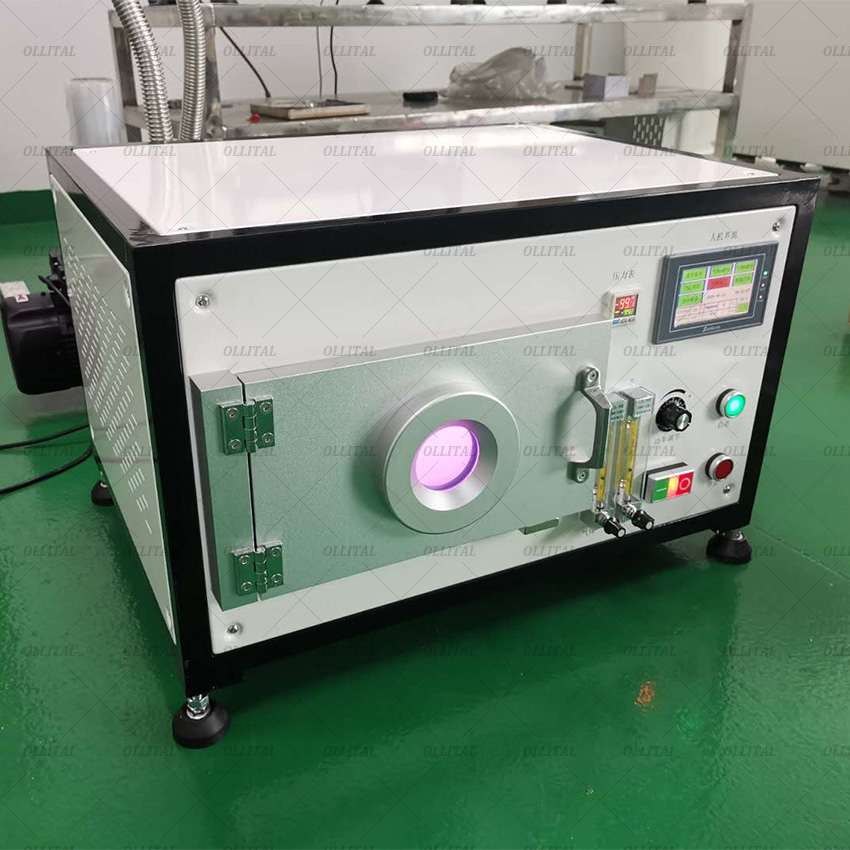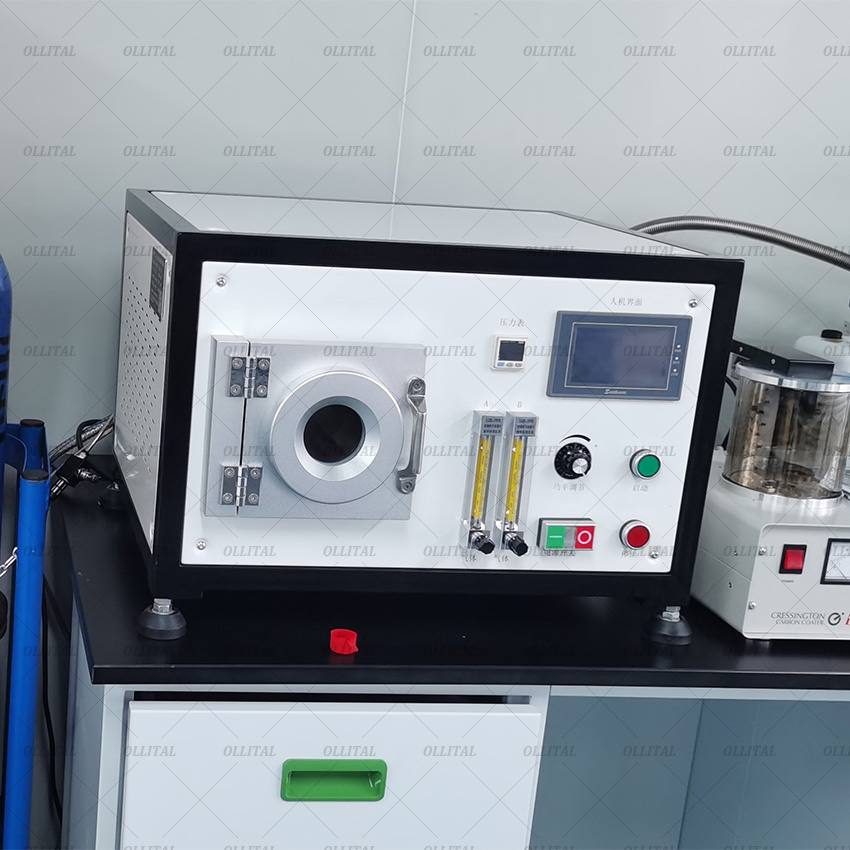High quality 1.5L scale lab spray dryer equipment
Lab scale spray dryer is suitable for the production of in universities, research institutes and food and pharmaceutical chemical enterprises.
Want to achieve "absolute cleanliness" on material surfaces? Plasma cleaning machines are key. The core technology they utilize is plasma—the "fourth state" of matter beyond solid, liquid, and gas. This state has extremely high energy, acting like an invisible "super-powered brush" to precisely remove microscopic contaminants from material surfaces and alter their surface properties, laying a perfect foundation for subsequent bonding, coating, and other processes.
The working principle of a plasma cleaner is as follows: Within a vacuum chamber, process gases (such as oxygen or argon) are excited into a plasma state using electrical energy. This plasma consists of active particles such as high-energy electrons, ions, free radicals, and ultraviolet light. It physically bombards and chemically reacts with the material surface, thereby achieving cleaning, activation, and modification. The process mainly involves three steps: plasma generation (first, creating a vacuum environment, introducing process gases, and applying high-frequency AC voltage or microwaves to form plasma); second, the plasma interacts with the material surface; and finally, ultra-fine cleaning, surface activation, and surface modification are achieved.
Plasma cleaners are widely used in various industries, including semiconductors and chip packaging. Plasma cleaning can thoroughly remove trace impurities from the bonding area, improving chip yield and reliability.In the printing industry, plasma cleaning effectively enhances surface energy, improving ink wettability and adhesion. It solves printing defects and significantly improves print quality and durability. In the automotive industry, plasma cleaning technology provides crucial surface protection for critical components such as headlight bonding, aluminizing, and injection molding, ensuring stability and longevity in extreme environments.In the mobile phone industry, plasma treatment of mobile phone screens enables a perfect bonding effect between glass, metal, and plastic frames, ensuring the device's durability.。
Plasma cleaning demonstrates generational advantages: it fundamentally eliminates the use of polluting chemicals, achieving environmental protection; the overall process is precisely controlled at the nanoscale, resulting in a more uniform, stable, and durable surface cleanliness and activity.This precision wave sparked by plasma technology is reshaping the future of manufacturing. From the microscopic world of chips to the grand blueprint of intelligent manufacturing, OLT-plasma cleaning machine, with its irreplaceable precision and efficiency, is clearing obstacles for every leap in high-end manufacturing. The industrial transformation it brings is clearly visible. It is not only the guardian of quality It is also an indispensable key to future intelligent manufacturing


 online service
online service +86 15960821529
+86 15960821529 kevin@ollital.com
kevin@ollital.com kevinollital@gmail.com
kevinollital@gmail.com +86 15960821529
+86 15960821529 +8615960821529
+8615960821529